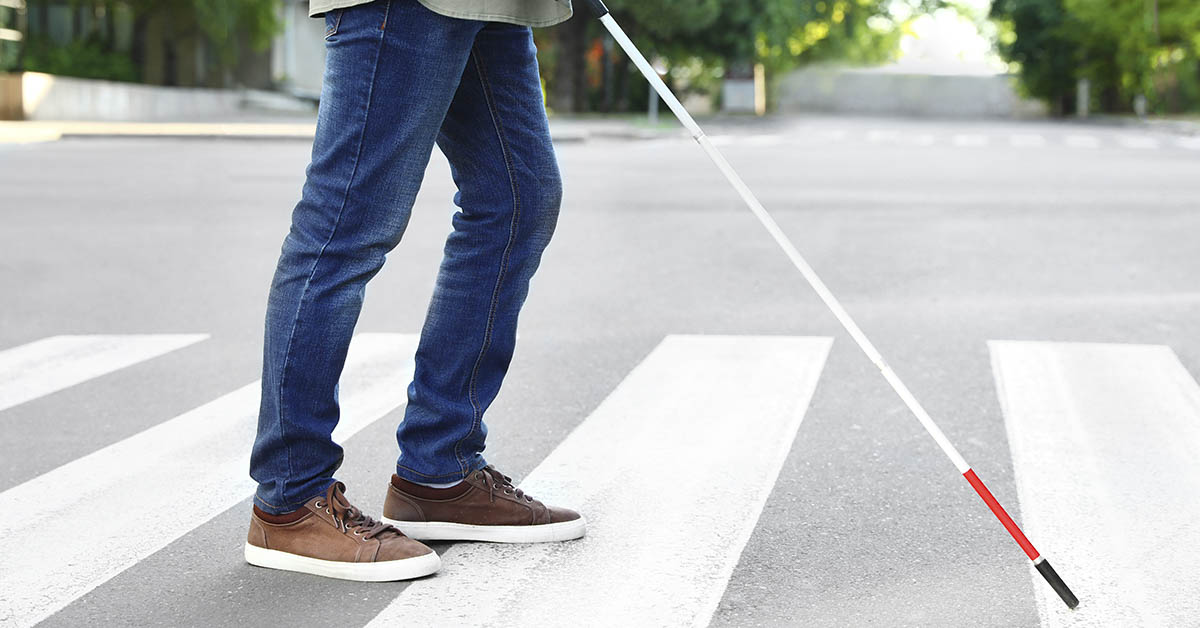A 34-year-old Canadian man regained vision after a rare “tooth-in-eye” surgery. He joins fellow Canadian citizens, a 75-year-old British Columbia woman, Gail Lane, and 2 others who were the first successful recipients of the surgery. After experiencing a rare allergic reaction, Brent Chapman lost his vision at 13 years old. Now, thanks to a rare procedure known as osteo-odonto-keratoprosthesis (OOKP), Chapman has regained his sight after 20 years.
Who Brent Chapman is
Brent Chapman is a 34-year-old resident of North Vancouver, British Columbia. Chapman developed Stevens-Johnson syndrome during his adolescence after experiencing an adverse allergic reaction to ibuprofen. The allergic reaction scarred his corneas and eyelid tissues, leaving both eyes blind. Seeking numerous treatments for the next two decades, Chapman found no lasting success in restoring his vision. He eventually connected with Dr. Moloney, an ophthalmologist at Providence Health Care’s Mount Saint Joseph Hospital in Vancouver, who, until qualifying for the rare procedure.
What Stevens-Johnson syndrome does to eyes
Stevens-Johnson syndrome is a severe and rare medical disorder usually caused by adverse reactions to medications. Onset is usually signalled by flu-like symptoms followed by a painful rash that eventually spreads and blisters. Steven-Johnson syndrome can cause chronic eye inflammation, increased light sensitivity, dry eyes, and corneal opacification. This leads to visual impairment and in rare cases, blindness, as in the case of Chapman.
What is “tooth-in-eye” surgery
Osteo-odonto-keratoprosthesis, or OOKP, dates back to the 1960s and remains an uncommon surgery throughout the globe. Surgeons house an optical cylinder inside a tooth-and-bone lamina. They then implant this device into the eye to transmit light. Staged timing encourages vascularization and structural stability. Surgeons align the cylinder carefully with the visual axis. They protect it with a mucosal covering.
Why Surgeons Use a Tooth
The tooth and surrounding bone provide durable, biocompatible support. Using a patient’s own tissue reduces rejection risk. Dentine and alveolar bone stabilize the optical cylinder reliably. The material tolerates scarred, dry ocular surfaces. Mucosal coverage adds protection and lubrication over time. The combined structure integrates with living tissue.
This design resists extrusion in hostile conditions. Globally, only several hundred OOKP procedures have been performed. Candidates have end-stage corneal blindness with intact retinal and optic nerve function, often due to Stevens-Johnson syndrome, severe chemical injury, or autoimmune scarring.
Chapman’s result
Speaking to TODAY, Chapman felt that “It kind of sounded a little science fictiony” when speaking on the procedure. Straight after the surgery, Chapman perceived motion from his hands immediately on waking and progressed to about 20/40 to 20/30 vision. He described making eye contact with his surgeon for the first time in two decades as an emotional milestone that restored independence and daily confidence. “When Dr. Moloney and I made eye contact, we both just burst into tears. I hadn’t really made eye contact in 20 years,” he said. The team reinforced protective habits and routine follow-up. They emphasized early reporting of any concerning symptoms. They monitored pressure and mucosal health regularly.
How Rare and Candidate Selection
OOKP remains a rare procedure, with only several hundred surgeries being performed globally. Candidates have end-stage ocular surface disease with intact posterior segments. Suitable conditions include Stevens-Johnson syndrome and chemical injuries. OOKP can restore function for selected patients. Teams assess retinal and optic nerve health carefully.
Another patient’s story
Gail Lane, a 75-year-old British Columbia woman, regained vision after 10 years of blindness from autoimmune corneal scarring. This surgery finally allowed her to see her partner and her dog for the first time. As one of Canada’s first OOKP patients, she now recognizes faces and outdoor details as her vision stabilizes during follow-up care.
Risks and limits
Peer-reviewed reviews support OOKP in end-stage surface disease. Evidence shows successful vision recovery in selected patients. Long-term series report substantial retention in experienced centers. OOKP is intensive and usually limited to one eye to reduce cumulative risk. Risks include lamina resorption and glaucoma. Mucosal breakdown, infection, and retinal detachment can occur. Some patients require revisions to maintain function. Lifelong surveillance remains central to preserving results.
Program Expansion and Follow-Up
Canadian teams now track outcomes to refine selection and surgical staging. Clinicians emphasize posterior eye health and realistic goals. They coordinate dental and ophthalmic expertise for safer integration. Patients learn protective habits and urgent warning signs. Programs schedule strict visits to monitor pressure and mucosa. Teams intervene early to address alignment or glaucoma. These steps protect visual gains and device health. Documented cases guide training and build national capacity.
Conclusion
These Canadian cases show careful progress with a rare surgery. Surgeons choose candidates with healthy retinal pathways. They use staged steps to protect tissues and align the device. A patient’s tooth supports the implanted lens securely. Mucosal coverage helps the eye stay protected and moist. Patients gain function when the surface stays stable. Risks need lifelong checks and quick responses. With strong follow-up, patients reclaim daily life.
Read More: Experts Warn of Possible ‘Ozempic Blindness’ in Users of Weight Loss Injections

